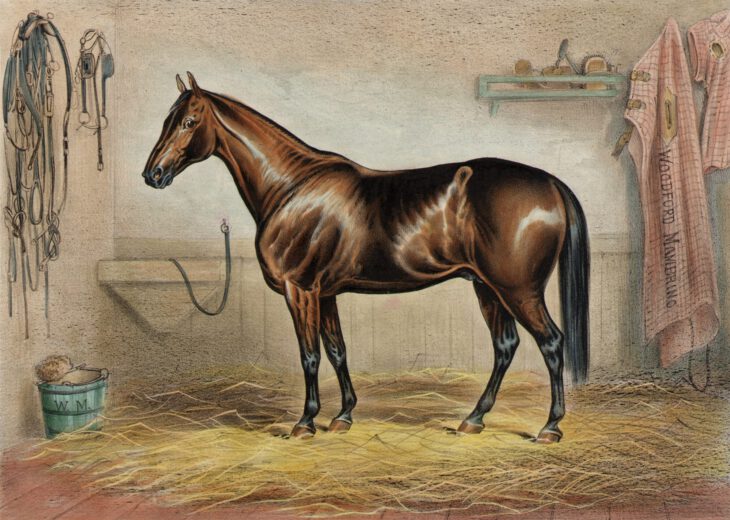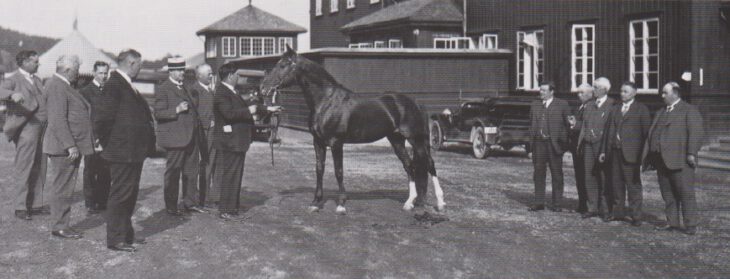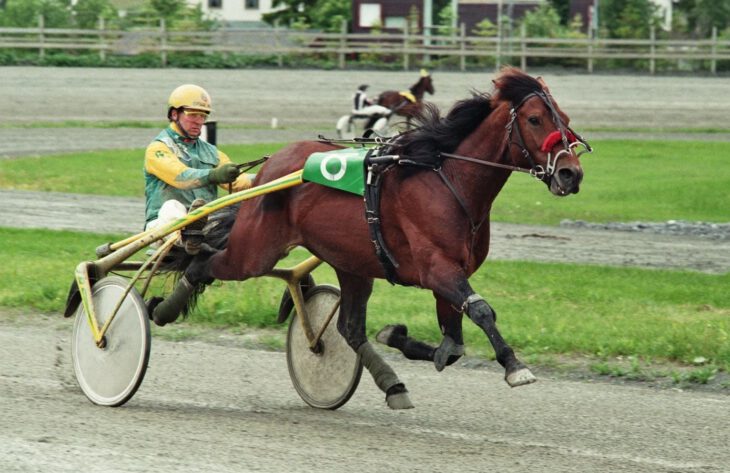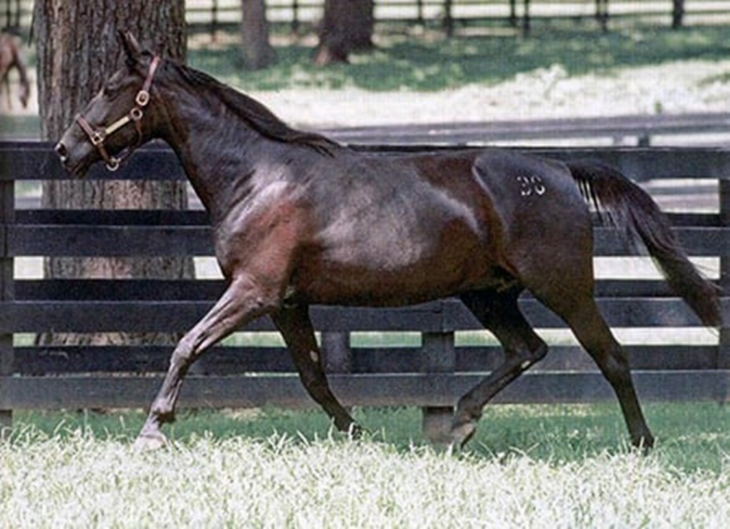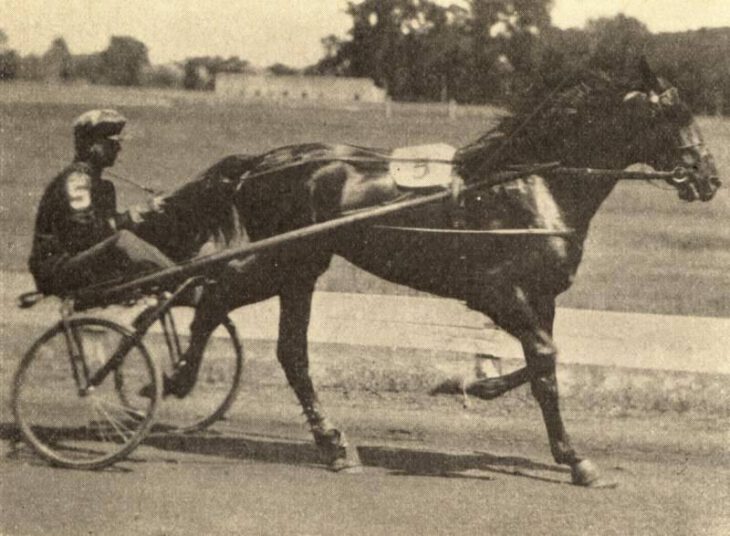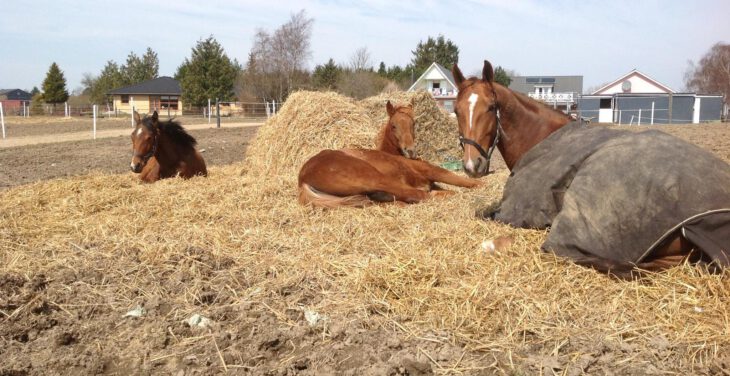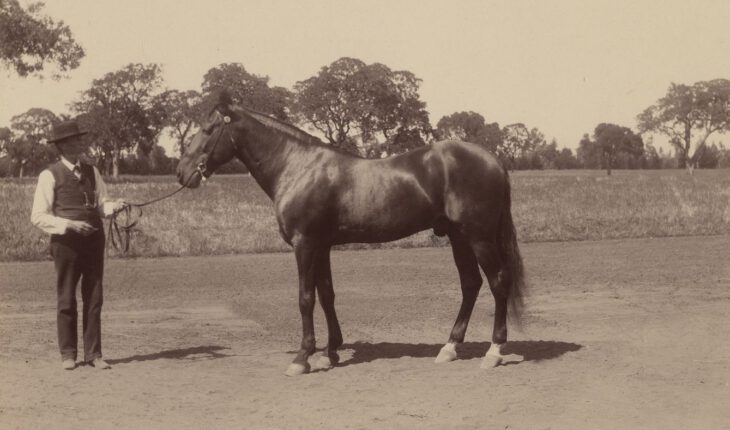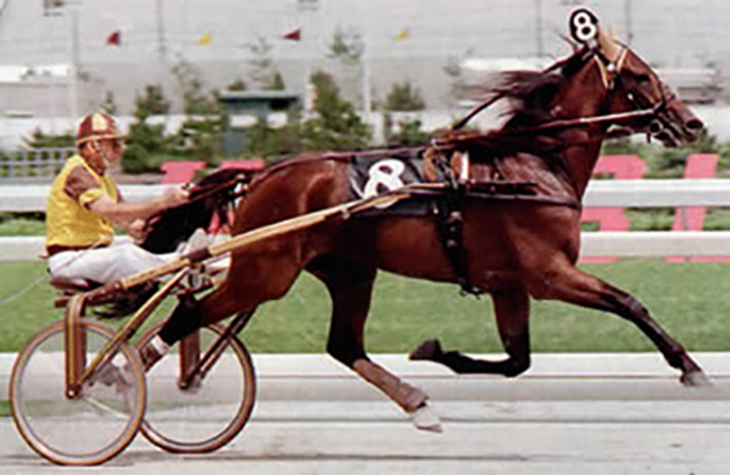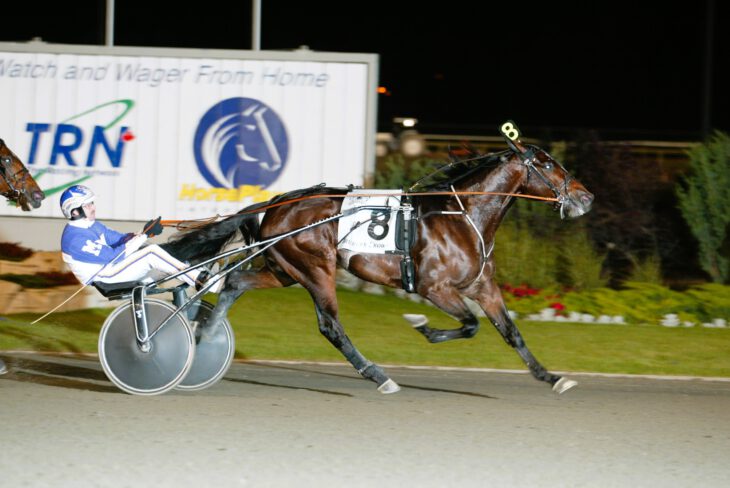He had a downright weird racing career, not competing regularly until he was 15. There he showed glimpses of brilliance despite an injury that just kept getting worse. Kept at stud for most of his life, but relatively unsupported by his famous owner, Woodford Mambrino was one of the more impressive stallions of the 19th century America.
Read MoreThe Norwegian Trotting association started to keep stallion records in 1928, and every year until 1936 the Kentucky-born chestnut stallion The Eno was the undisputed champion. However, the excellent trotter and stallion had a rough start on his career causing wanna-be comedians to suggest the horse shouldn’t be trotting but rather be touring with a circus.
Read MoreHe was champion stallion for many years, even after his death, in Norway. What many did not know is that he was initially considered a very good trotter in his crop in the US. Senator Ford was practically blind early in life, however, and for welfare reasons was not allowed to race. At stud, however, there was no stopping Senator Ford.
Read MoreIn 1989 Olav Christiansen, a farmer in the Norwegian village Åsenfjord, lost the right to let his sheep grace in the nearby mountains in the summer, so he decided to quit sheep farming and focus on harness racing. Trading his remaining sheep for a a yearling filly and an unborn foal, Christiansen made one of the most lucrative and one-sided deals in harness history.
Read MoreFrom humble beginnings she rose to be one of the best broodmares in history. An ordinary racehorse, as a broodmare Amour Angus defied all expectations and is now considered one of the best in history.
Read MoreThe New England-star was sold to Europe and impressed the French so much he was purchased by their national stud. Despite all the high hopes, though, Net Worth turned out to be highly average as a stallion. There was nothing average about his performances on the track, however, as illustrated by him humiliating the French elite at Vincennes when he was 11.
Read MoreHe was an incredibly talented but with a challenging temper and extremely unlucky with injuries. Hailing from an exceptionally strong family, the gelding Västerbo Prestige turned out to be an exceptional stallion who unfortunately had a very limited number of foals.
Read MoreHe was broken, but never trained for a single race. When Electioneer was bought at 8 for a huge sum he had nothing to show for and buyer Leland Stanford was told by numerous people he had gambled on the wrong horse. As it turned out, however, it was Stanford who was right and everybody else who was wrong as Electioneer turned out to be the premier sire of trotters in the high-wheel sulky time.
Read MoreAn exceptionally fast trotter with soundness problems and chronic mental issues, Arndon sometimes posed a huge challenge to his legendary trainer. But when he did what he was supposed to he was a terrifyingly good trotter – and the first three-year-old to trot in 1:54.
Read MoreNamed for a Pokemon character, the Illinois-bred trotter proved that you don’t need the most fashionable pedigree to beat the best. Kadabra was a spectacular trotter who set a world record at 4 before he retired to become an elite stallion.
Read More
